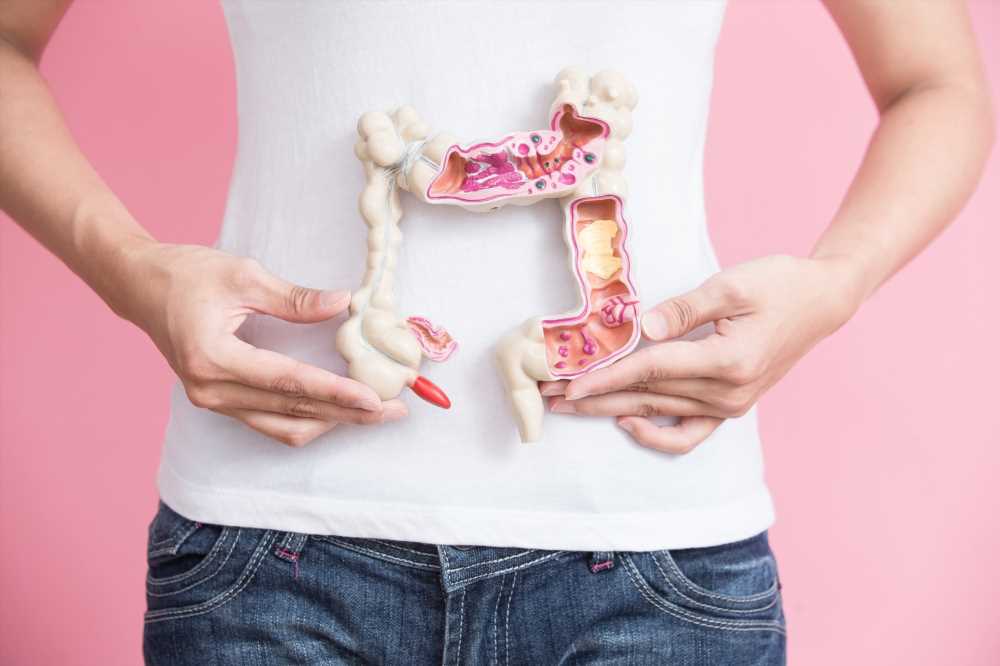In a recent study published in Nutrients, researchers assessed the risk of colorectal cancer (CRC) with the intake of flavonoids.

Flavonoids, found in plant-based foods, are a group of polyphenols divided into six sub-classes – isoflavones, flavanols, flavones, anthocyanidins, flavanones, and flavonols. Flavonoids act in pathways involving cellular transformation, proliferation, and apoptosis. Several epidemiologic studies have reported an inverse relationship between the risk of CRC and dietary flavonoids.
About the study
In the present study, researchers analyzed the association of flavonoid intake with CRC risk and circulating bacterial DNA. They used data from an Italian case-control study conducted in two hospitals during 2017-19. Subjects aged 20 – 85 years scheduled for colonoscopy were eligible for inclusion.
Excluded individuals were those with immunodeficiency, previous cancer, recent colonoscopy/hospitalization, dietary changes in the past month, liver/heart/kidney failure, or select inflammatory diseases. A hundred incident CRC cases and 200 controls were included. Of the controls, 100 had intestinal adenoma (IA), while the remaining were free from CRC or IA.
Controls were frequency-matched to CRC cases by age, sex, and study center. Blinded interviewers administered questionnaires to obtain educational data, sociodemographic and anthropometric features, and lifestyle habits. A food frequency questionnaire (FFQ), which included 75 items on food, food groups, and typical Italian recipes, and six items on alcohol consumption, was used to obtain data on the regular diet of each patient before the colonoscopy.
Participants indicated their weekly average frequency of consumption of each dietary item. An ad-hoc food composition database was developed using available information on the flavonoid content of food products. The average daily intake of flavonoids was estimated using dietary information from the FFQ. Total energy intake was similarly measured using an Italian food composition database.
Blood samples were obtained before colonoscopy and used for metagenomic analyses. The abundance of 16S rRNA was estimated using quantitative polymerase chain reaction (qPCR). Tertiles of intake of total flavonoids and each class of flavonoids were computed. Logistic regression was used to calculate odds ratios of CRC and 95% confidence intervals using the lowest intake tertile as the reference.
Additionally, the odds ratios of colon and rectal cancers were separately computed. The distributions of 16S rRNA copies, alpha-diversity indices, and relative abundance of operational taxonomic units (OTUs) between subjects in the first two tertiles and the third tertile of flavanone and anthocyanidin intake were compared with a two-tailed Mann-Whitney test.
Findings
Most (62%) of the 300 participants were males; the average age was 67 for CRC subjects and 66 for controls. Controls were likely to be more educated with lower alcohol consumption than CRC cases. Total flavonoid intake was not related to the risk of CRC. Nevertheless, there was a significant inverse relationship with the risk of CRC for the intake of flavanones and anthocyanidins.
The odds ratio of colon cancer for anthocyanidins was 0.32 and 0.22 for flavanones, whereas for rectal cancer, the odds ratios were 0.16 for anthocyanidins and 0.12 for flavanones. The associations between flavonoids and the risk of CRC remained consistent across age, sex, and alcohol consumption strata. There were no significant differences in 16S rRNA gene copies between tertiles of flavanone and anthocyanidin intake.
Likewise, no differences were noted in Observed and Chao alpha-diversity indices according to the tertiles of flavanone and anthocyanidin intake. In contrast, subjects in the highest tertile of anthocyanidin intake had lower Shannon and Inversed Simpson indices than those in the lowest two tertiles.
Participants in the highest tertile of anthocyanidin/flavanone intake had a lower prevalence and relative abundance of OTUs of Flavobacterium and Legionella species than those in the first two tertiles.
Subjects in the highest anthocyanidin intake tertile had a lower relative abundance of OTUs of the Escherichia–Shigella taxonomic group. Those in the third tertile of flavanone intake exhibited a lower prevalence of OTUs of the Diplorickettsiaceae family, Pelomonas genus, and a higher prevalence of OTUs of the Brevundimonas genus.
Conclusions
The findings suggest that increased dietary flavanones and anthocyanidins decrease the risk of CRC. These flavonoid sub-classes were associated with different compositions of bacteria. Specifically, they were inversely associated with OTUs of Legionella and Flavobacterium species and positively correlated with OTUs of the Brevundimonas genus. Overall, the results corroborate the effect of anthocyanidin intake in preventing CRC and elucidate that flavanones also lower the risk of CRC.
- Speciani MC, Cintolo M, Marino M, et al. (2022). Flavonoid Intake in Relation to Colorectal Cancer Risk and Blood Bacterial DNA. Nutrients, 2022. doi: 10.3390/nu14214516 https://www.mdpi.com/2072-6643/14/21/4516
Posted in: Medical Science News | Medical Research News | Disease/Infection News
Tags: Adenoma, Alcohol, Apoptosis, Bacteria, Blood, Cancer, Colon Cancer, Colonoscopy, Colorectal, Colorectal Cancer, Diet, DNA, Education, Flavonoid, Food, Frequency, Gene, Heart, Immunodeficiency, Kidney, Kidney Failure, Legionella, Liver, Nutrients, Polymerase, Polymerase Chain Reaction, Proliferation, Shigella

Written by
Tarun Sai Lomte
Tarun is a writer based in Hyderabad, India. He has a Master’s degree in Biotechnology from the University of Hyderabad and is enthusiastic about scientific research. He enjoys reading research papers and literature reviews and is passionate about writing.
Source: Read Full Article
